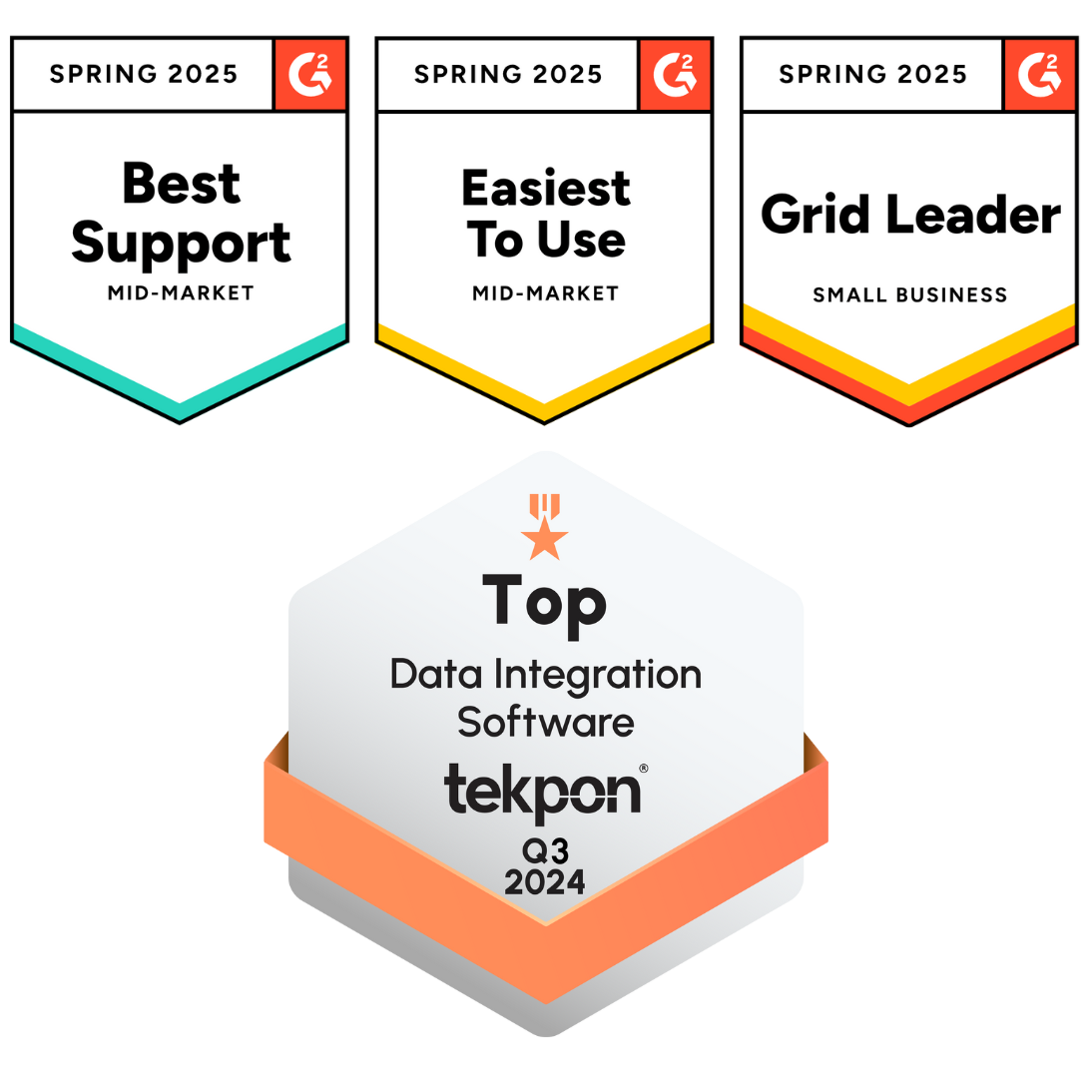Section I: Long-Term Philosophy
Principle 1. Base your management decisions on a long-term philosophy, even at the expense of short-term financial goals.
Section II: The Right Process Will Produce the Right Results
Principle 2: Create continuous process flow to bring problems to the surface.
Principle 3: Use “pull” systems to avoid over-production.
(Pull Systems refer to a production and inventory management approach where materials, components, or products are replenished based on actual customer demand or consumption, rather than forecasted demand. In this system, replenishment occurs only when the inventory reaches a predefined threshold, such as a safety stock level, signaling the need for more supply.)
Principle 4: Level out the workload (heijunka) (Work like a tortoise not like the hare)
(It is a key concept that aims to create a smooth, consistent workflow rather than experiencing extreme highs and lows in production or workload.)
Principle 5: Build a culture of stopping to fix problems, to get quality right the first time.
Principle 6: Standardised tasks are the foundation for continuous improvement and employee empowerment.
Principle 7: Use visual controls so no problems are hidden.
(Use simple visual indicators to help people determine immediately whether they are in a standard condition or deviating from it)
Principle 8: Use only reliable, thoroughly tested technology that serves your people and processes.
Section III: Add Value to the Organisation by Developing Your People and Partners
Principle 9: Grow leaders who thoroughly understand the work, live the philosophy, and teach it to others.
Principle 10: Develop exceptional people and teams who follow your company’s philosophy.
Principle 11: Respect your extended network of partners and suppliers by challenging them and helping them improve.
Section IV: Continuously Solving Root Problems Drives Organisational Learning
Principle 12: Go and see for yourself to thoroughly understand the situation (benching genbutsu)
Principle 13: Make decisions slowly by consensus, thoroughly considering all options, implement decisions rapidly.
Principle 14: Become a learning organisation through relentless reflection(hanse) and continuous improvement (kaizen)
Taiichi Ohno, one of the architects of Toyota’s success, noted that
“The key to the Toyota Way and what makes Toyota stand out is not any of the individual elements…But what is important is having all the elements together as a system. It must be practiced every day in a very consistent manner-not in spurts.”
Whether you’re a manufacturer, distributor, or business leader, this book offers practical wisdom for building resilient systems, empowering people, and driving continuous improvement. It’s a must-read for anyone serious about long-term success.


